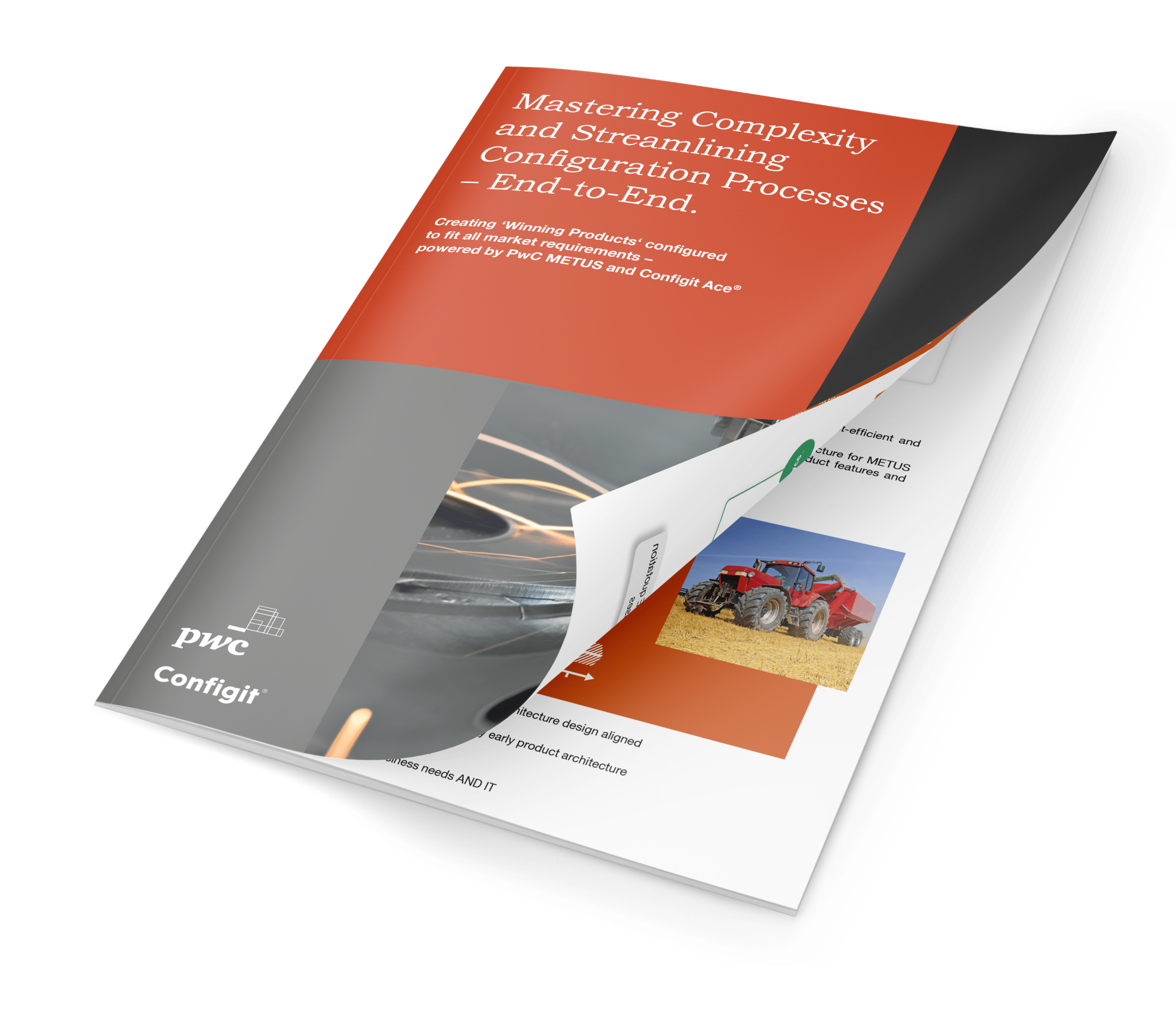Leading Semiconductor Equipment Manufacturers Scale Growth Using a Shared Source of Product Configuration Truth
The semiconductor industry plays a crucial role in enabling technological advancements across various sectors, including consumer electronics, telecommunications, automotive, industrial applications, healthcare, and more. A vital part of the global economy, the semiconductor industry drives innovation, powers technological advances, and shapes the way we live, work, and communicate in the digital age.
However, supply chain disruptions, technological complexity and environmental sustainability are placing increased pressure on the equipment manufacturers supplying the semiconductor industry with the necessary equipment to meet this growing demand.
Complying with changing regulations across regions, coordinating availability of raw materials and components, and building and maintaining cutting edge fabrication plants (‘fabs’), have direct impacts on the operations, growth, and sustainability of semiconductor manufacturers today and in the future.
To meet these challenges, manufacturers that align their systems and processes around configuration data deliver equipment and service faster, with greater accuracy, profitability and customer satisfaction.
Control Product Complexity Using a Shared Source of Configuration Truth
As a capital-intensive industry, semiconductor manufacturers contend with complex process integration and environmental and sustainability considerations. Add to this the historically cyclical nature of the industry and demand volatility, semiconductor manufacturers must align their organization to a single source of configuration truth to successfully navigate these complexities.
Using a Configuration Lifecycle Management (CLM) approach, manufacturers can quickly see what areas of their operations are inefficient, adjust to capitalize on a growing trend, or redirect customer choices to avert part or component shortages both pre- and post-sales.
By aligning the entire organization with verified data, manufacturers have clear visibility into what they are manufacturing, to whom, and at what profit margin.
Shift from Products and Materials to Data and Services with Configuration Lifecycle Management (CLM)
Historically, the semiconductor industry has experienced cyclical demand patterns influenced by factors like consumer electronics cycles, economic conditions, and market trends. Managing demand volatility and aligning production levels with market needs are ongoing challenges for semiconductor companies.
Given the competitive climate and fluctuating demand, many manufacturers are focusing on optimizing maintenance, repair and upgrade of existing equipment. Semiconductor machinery producers must have accurate data on their installed base to offer the most suitable maintenance and upgrade solutions to their customers. Having a centralized, verified database of all existing configurations, manufacturers can help their customers upgrade and enhance machine run time while minimizing machine down time.
By aligning sales, manufacturing, engineering and after-sales service functions, organizations can counteract the unpredictable nature of the industry by using data already existing within silos. Unlocking and illuminating this data provides the insights needed to uncover the gaps in product development, head off changes in supply, and react faster to new technologies and innovations.
The Semiconductor Shortage: How a Configuration Lifecycle Management (CLM) Approach can Help
Because Configuration Lifecycle Management (CLM) offers transparency on your product definitions and configurations, you can react quickly in the face of semiconductor shortages and delays.
With a shared source of configuration truth that you get from a CLM approach, you can easily track the usage of specific parts or components in your current product range. You can also quickly turn off those options that depend on the parts or components that are out of stock.
Moreover, you can use the Solution Space of CLM to find alternative options that are available, so you can keep taking orders without compromising on quality or customer satisfaction.
By doing this, you can avoid wrong orders, maintain sales and a positive brand image while continuing to provide a good customer experience.
How CLM Helped a Leading Producer of Semiconductor Machinery
Streamline Service and Upgrade Offerings to Drive More Revenue
Challenge
A global manufacturer of complex machines for the semiconductor industry, with customers that are the world’s leading chip makers, had a challenge to conduct configuration consistency checks and provide repair advice on machine configurations, including hardware and software, as part of an architecture solution that consists of more (existing) applications.
Solution
Using Configit Ace® as the central rule engine and storage for all dependencies and rule sets, the company made use of the Configit Ace® module Ace® Verify, including the Minimal Conflict Set functionality, to identify the cause of invalid configurations and explain the reasons.
Benefits
- Confirmation that the configuration for an existing machine is valid.
- Offers options to solve conflicts to have a ‘valid machine’ on the customer side.
- Fast, error-free pricing and quoting of upgrades or service contracts increased revenue of service organization, reduced risk of invalid updates, and saved costs of unplanned service and support efforts.
![]()
Semiconductor Companies
Contact us today to schedule your free demo.


